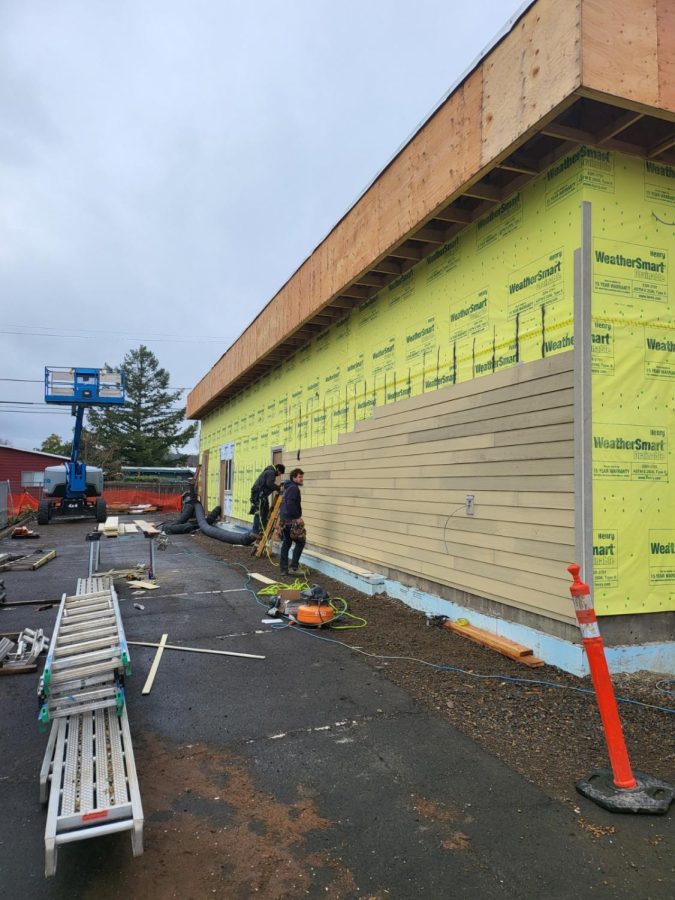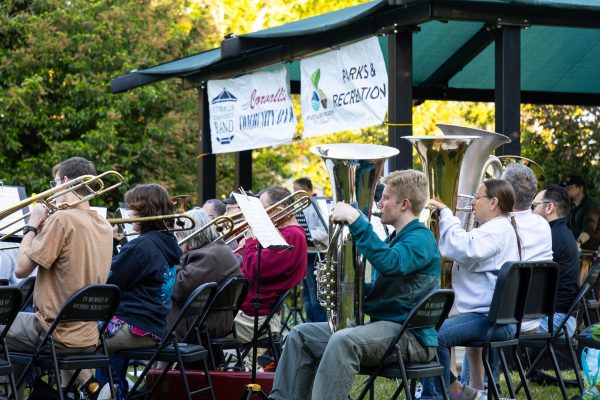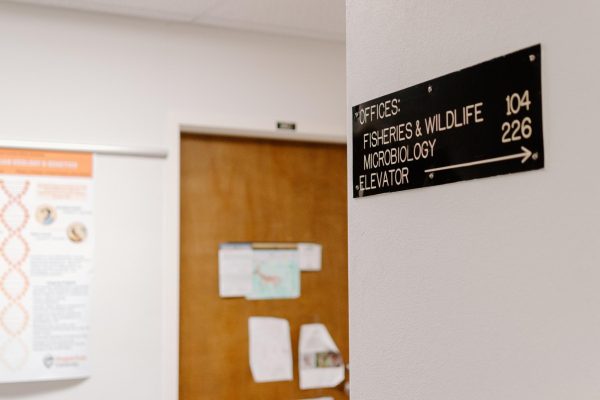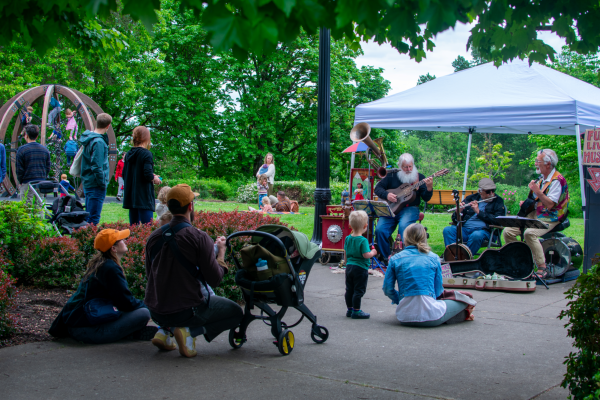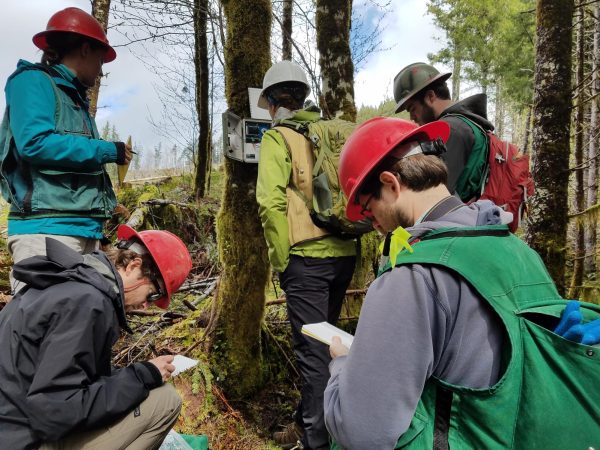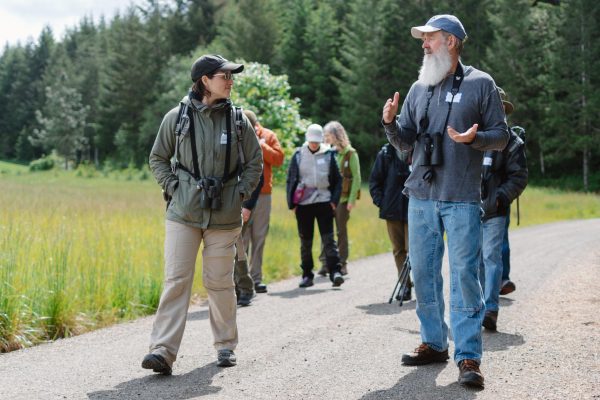Corvallis’ Capital Improvement Plan heading into May budget vote
April 10, 2023
The Corvallis Budget Commission will vote in May on recommending the city approve its budget for the 2023-24 fiscal year; this includes projects laid out in the city’s Capital Improvement Plan.
The CIP is Corvallis’ long-term planning document, with which the city tries to anticipate its capital projects over the next five years, from the project’s plan, timeframe, expected costs and sources of funding, according to the CIP. Once the plan is finalized, the first year of the CIP is adopted by the city council into the city budget.
Capital projects, according to the City of Corvallis website, are anything that creates a permanent asset for the city, through new construction, reconstruction of an existing facility or purchase of property not currently owned by the city. This does not cover things like annual maintenance of facilities.
According to Patrick Rollens, public information officer for the City of Corvallis, capital projects are an important part of ensuring the city has what it needs to grow.
“We talk a lot about the need for affordable housing in our community, for example,” Rollens said. “Those homes can’t get built unless we have a well maintained system of roads, water lines, sewer pipes and other critical infrastructure to support that new development. Most of that comes in the form of capital projects.”
The 2024-28 draft CIP has 19 proposed projects with funding which would begin in the 2023-24 fiscal year, beginning on Oct. 1. The most expensive of these projects will be street resurfacing and reconstruction work on Western Blvd. and 35th St., according to Corvallis Public Works Assistant Director Greg Gescher.
The project is expected to cost $4,490,000, will impact Western Blvd. between Philomath Blvd. and 35th St., as well as 35th St. between Washington Way and Western Blvd., and will also include resurfacing 11th St. between Van Buren and Filmore Avenues, according to the CIP.
“Resurfacing projects tend to impact all modes of travel,” Gescher said. “While we won’t begin thinking about traffic control on this project until it is initiated next year, it may involve a combination of closures, detours, lane shifts and flagging to accommodate construction.”
Gescher added that while the project would have an impact, most of the work would likely be done over next summer, which will mean far less university-related traffic.
Several of the transportation projects in the CIP are designed to improve cyclist and pedestrian safety, such as the neighborhood bikeway plan for Tyler Ave.
The $170,000 project intends to provide corridors focused on pedestrians and cyclists, and will involve the installation of bicycle guide signage, pavement markings, curb extensions and mini traffic circles, according to the CIP.
“Curb extensions make pedestrians more visible to motorists and bicyclists at corner crossing locations,” Gescher said. “It also provides additional space for amenities like covered bike parking.”
Two unusual capital projects currently in progress, according to Rollens, are the renovations of Fire Station #2 and Fire Station #3. The projects, which involve both remodeling the stations and the installation of solar arrays on their roofs, according to the CIP, are unique in that they were funded by the American Rescue Plan Act, a bill passed by Congress in 2021 to mitigate the financial impact of COVID-19, according to the bill’s summary.
For the 2023-24 fiscal year, the capital projects in the CIP with a planned budget of over $1,000,000 are:
- Street resurfacing and reconstruction on Western Blvd., 35th St., and 11th Street – $4,490,000
- Bicycle park land acquisition – $2,000,000
- Wastewater pipe replacement off Van Buren Ave. and off Hillcrest Drive – $1,235,000
- Wastewater pipe replacement off Tyler Ave. – $1,054,000
Gescher said that this year’s CIP project list has been reduced down somewhat due to inflation, but the city believes that their current budget has been adjusted appropriately.
While the CIP lists projects by the fiscal year they are intended to begin in, according to Gescher, they rarely take only one year to complete.
“Most projects take a minimum of two years to complete with design taking place in the first year, and construction programmed for the next,” Gescher said. “If the project requires land acquisition, environmental permitting or is especially complicated in nature, it will take longer than two years.”
Gescher added that even projects with funding may be delayed, such as if they’re dependent on development which hasn’t occurred yet.
According to Rollens, projects in the CIP are generally scheduled to line up with availability of funds either in the city budget or from outside sources, such as grants.
“If we know we will have an opportunity to apply for an infrastructure grant in 2025, then we may schedule a particular project around that time to take advantage of the funding opportunity,” Rollens said. “Likewise, if we know that a facility is at the end of its useful life and we have a solid replacement plan already scoped out, then we may accelerate that project in the CIP timeline.”
While the city is always looking for outside funding sources, the majority of CIP project funding comes from revenue generated by city fees, according to Rollens.
“Revenue from city fees generally forms the largest category of funding for CIP projects,” said Rollens. “For example, the water rates that customers pay on their water bills pay not just for the water that you use in your tap, but also a little bit extra that goes into the water fund to pay for pipe repairs, valve replacements and larger capital projects.”












































































































